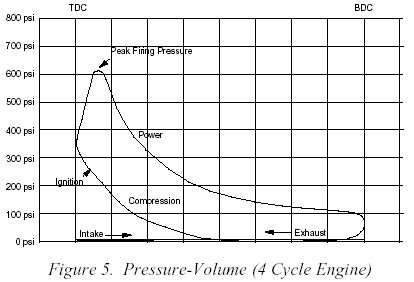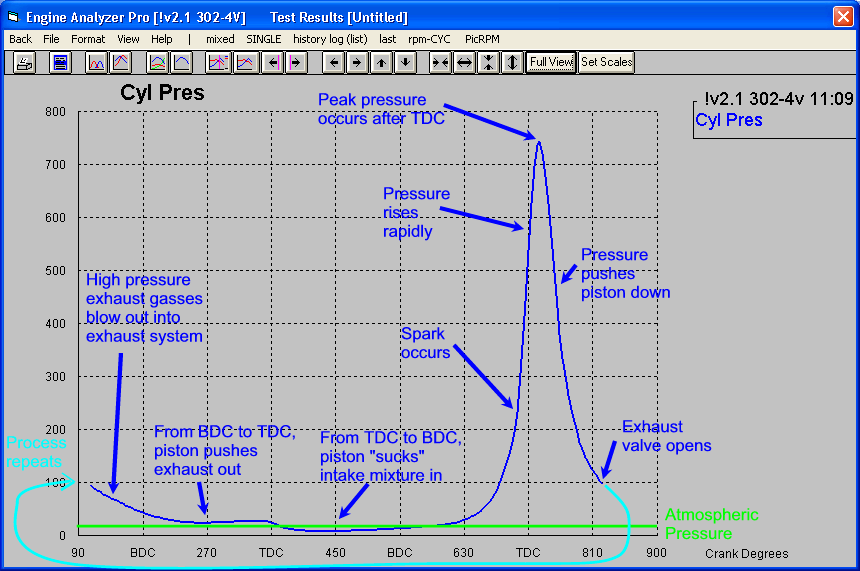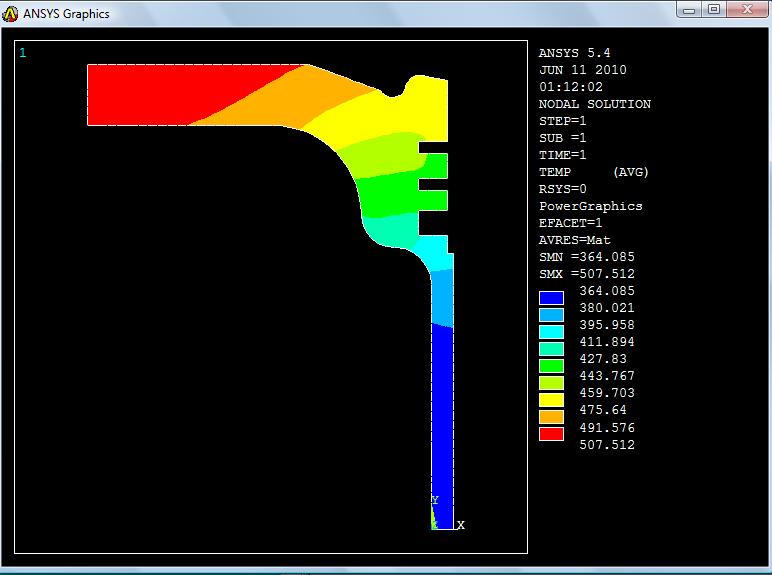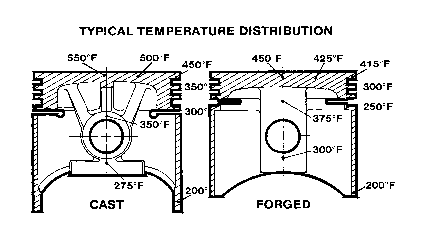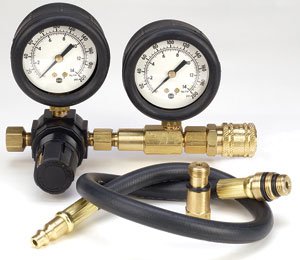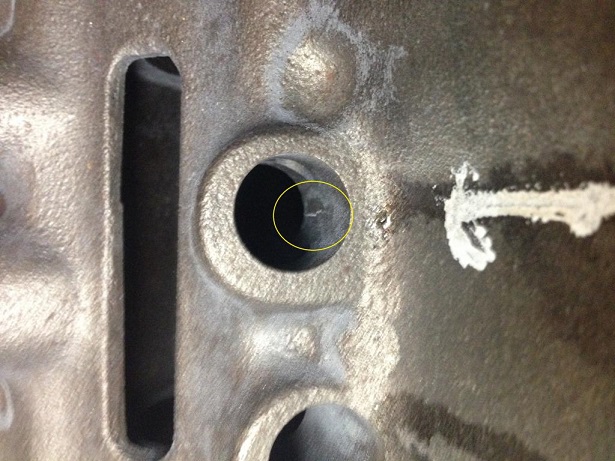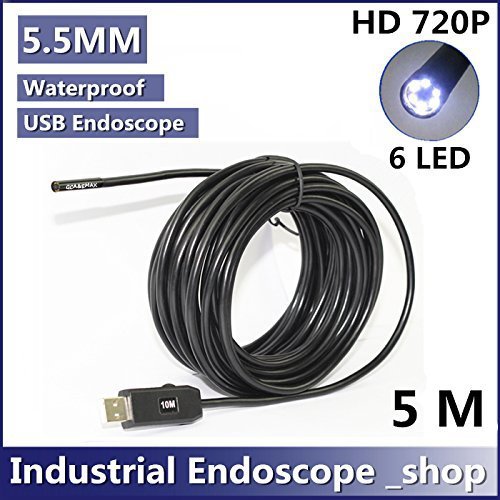What's the difference between CDCT and a leak down test? Is the CDCT
better or worse? Has anyone used this test?
http://www.aircraft-tool.com/shop/detai ... dium=email
Cylinder Differential Compression Testing
Subject to Interpretation
Teledyne Continental Motors
May 2000
In its simplest terms, differential compression testing is a tool that maintenance personnel use to check the health of an aircraft cylinder. This tool can be quite useful, but the results can be very misleading in the hands of someone who uses it incorrectly. The differential compression tester has also frequently been the subject of much controversy as there is not universal acceptance of minimum pressure readings or when to take corrective action. Adding to the controversy is the fact that the FAA publishes an advisory circular that gives cut-and-dried instructions for what to accept and what not to accept.
Because of these various approaches to the differential compression test, there is no way to write the definitive piece on how to perform it correctly. Instead, we will attempt to present you with all of the various interpretations of the test and the instructions presented by Continental, Lycoming, and the FAA. Additionally, we will give you a bit of food for thought on what to accept as the definitive method for compression testing, and provide you with some interesting details you might not know regarding the selection of compression testing equipment.
Teledyne Continental Motors recommended procedure
The following is TCM's procedures for differential compression testing. Although TCM's official document for this is TCM Service Bulletin M84-15, TCM offers the following as a summary of their Service Bulletin:
According to Teledyne Continental Motors, differential compression checks of piston engines have been used for many years to help evaluate the condition of engine cylinders. Done properly, the test can identify pressure leaks occurring through the intake or exhaust valves, by the rings, or through head or barrel cracks. The procedure involves applying a known pressure into the cylinder bore with the piston at Top Dead Center (TDC) and measuring the reduced pressure in the combustion chamber due to leakage. For TCM engines, the pressure is generally input through the top spark plug port and the pressure is measured with the differential compression tester.
Eighty pounds of pressure was established long ago in radial engine days as the input pressure. This is generally adequate to establish an accurate leakage reading, but not so high as to move the piston off of TDC. Likewise, what was generally regarded as the maximum permissible pressure drop of 25 percent, or an equivalent outlet reading of 60 psi, was established during the radial engine era. The procedure was documented in AC43.13-1b. This "bible" for compression testing is often still quoted, which as we will discuss, can lead to premature and possibly inaccurate conclusions concerning cylinder health. The correct document for TCM engines is TCM Service Bulletin M84-15. If your maintenance facility does not have this document and does not perform the test per the instruction enclosed, your test results will be suspect.
Image
If your differential compression test results were less than 60/80 and you think it may be time for a top overhaul, some additional questions need to immediately be asked. The first thing to confirm is that the test was conducted using a TCM calibrated master orifice tool, P/N 646953A. In 1984, TCM determined that the calibration methodologies for various compression testers in the field were not consistent due to the lack of a uniform airflow requirement. To correct this, the master orifice tool was created to properly identify the pressure corresponding to 25 percent leakage. TCM's field experience has identified compression testing systems where the master orifice readings for 25 percent leakage are less than 50 psi. In simple terms, you probably wouldn't even look at these cylinders until the reading was less than 50, not 60. Make sure your facility has and is using this tool for your differential compression test.
Secondly, the determination must be made as to the source of the leakage: static or dynamic. The static leak sources are the valve seats, spark plug port seals, and cracks in the cylinder head or barrel or cylinder to barrel joint seal. Dynamic leakage occurs by the rings.
All static leaks are unacceptable and must be corrected. This, however, does not automatically translate to cylinder removal and repair. The key is to understand that the cylinder environment is a very dynamic one. It is not uncommon for small bits of combustion products to occasionally lodge under a valve seat. To examine this possibility, the cylinder should be "staked," a simple process of tapping the valve stem lightly with a plastic mallet while the cylinder is under pressure. The slight movement may dislodge the particle and allow a more effective seal to be established. You should verify that this test has been done, especially if you have not been noticing the engine roughness which is characteristic of a leaking valve seat.
Differential compression inspection checklist for Teledyne Continental Motors engines
To read the complete article, use the link below:
http://www.aviationpros.com/article/103 ... rpretation



